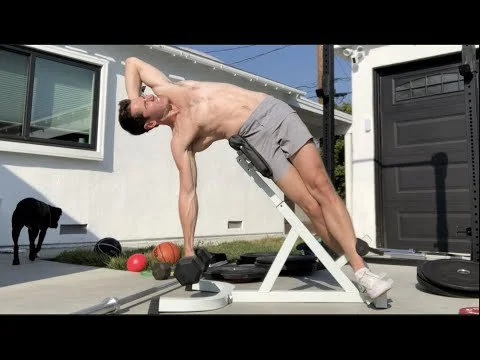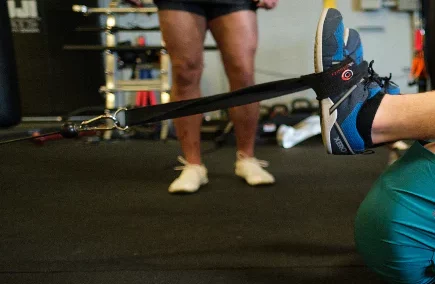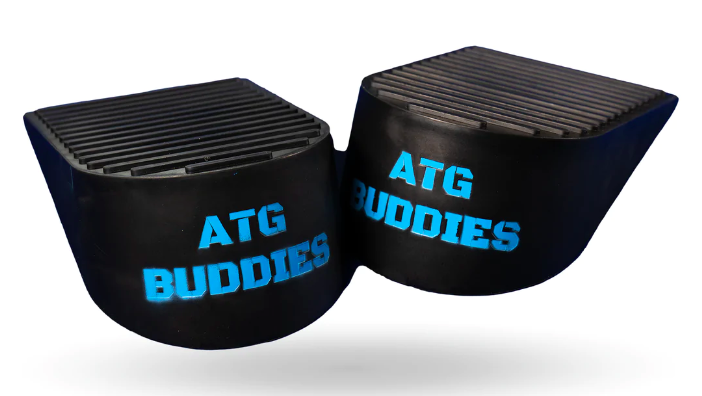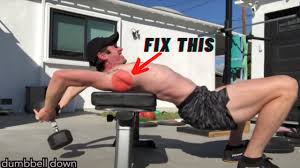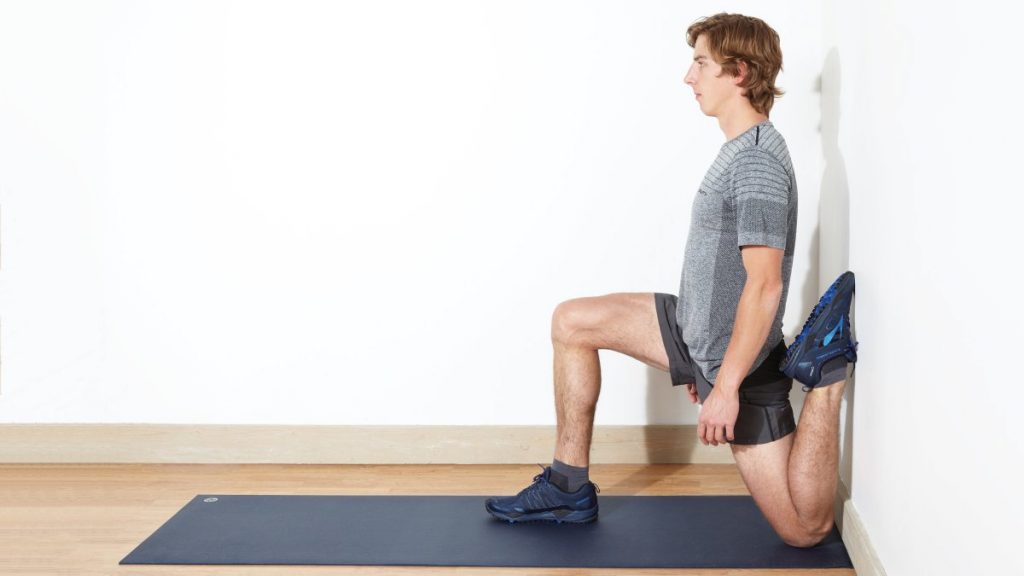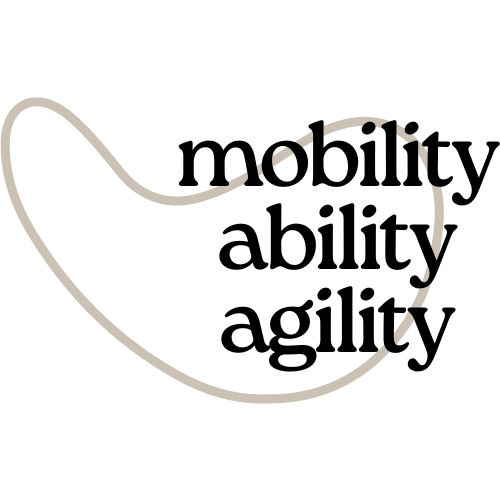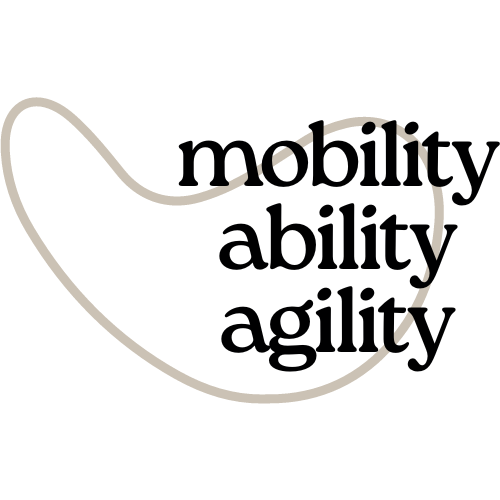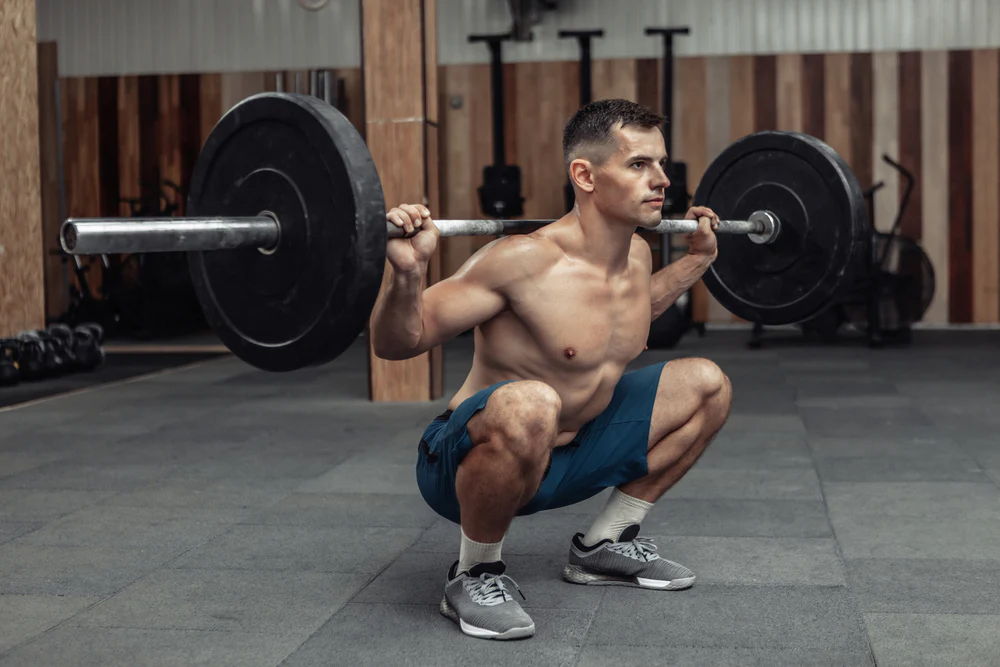Welcome to mobilityabilityagility.com, your go-to site for mobility exercises and training. In this article, we will investigate the efficacy of Trap 3 Raises, an exercise that targets the frequently overlooked middle back muscles. Learn how this exercise can help you improve your upper body strength and mobility.
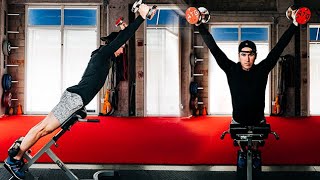
Understanding Trap 3 Raises
The trapezius muscle is generally linked with the trapezoid form, but did you realise it actually has three rows? Trap 3 Raises especially target the third row of your back, which is positioned in the centre of your back. Although this exercise is initially difficult, practising it on a back extension machine delivers an even more severe workout.
Setting Up for Success
Even if you start with only your own body weight, setting up for Trap 3 Raises is straightforward and comfortable. As you gain strength, gradually increase the resistance. Strive for at least 10% of your body weight in each hand, and execute 10 repetitions without bending your elbows.
Proper Form for Trap 3 Raises
To guarantee good form during Trap 3 Raises, follow these guidelines.:
- Maintain a comfortable and stable posture when using the back extension machine.
- Begin the technique by extending your arms out to the sides, parallel to the floor.
- Continue lifting your arms until they are parallel to your body and form a 45-degree angle.
- To optimise muscular engagement, avoid bending your elbows during the exercise.
- Strive for a smooth and controlled movement, focusing on your centre back muscles.
- Like with any workout, viewing yourself from a side angle may assist guarantee appropriate form and technique.
Progression and Weight Recommendation
Increase the resistance progressively over time to optimise the advantages of Trap 3 Raises. Begin with your own body weight and progressively add weight as you gain comfort and strength. Maintain good form and technique for at least 10 repetitions every set.
Benefits of Trap 3 Raises
Adding Trap 3 Raises into your workout regimen has various advantages, including:
- Developing the often-overlooked middle back muscles
- Improved upper-body mobility and stability
- Enhancing posture and alignment in general
- Assisting with good shoulder function
- Increasing upper-body injury prevention
Form and Feedback
While today’s linear mobility practise focuses on numerous drills, monitoring your technique and providing feedback isn’t always essential. Nonetheless, you are always welcome to do so, and we urge you to look at yourself from a different perspective for further understanding.
Congrats on finding the great advantages of Trap 3 Raises for strengthening and activating the muscles in your middle back. You may improve your upper body mobility, stability, and general strength by including this exercise into your regimen and using perfect technique. Accept the challenge, advance steadily, and get the benefits of a stronger and more robust upper body. Continue your excellent effort and explore the huge realm of mobility training at mobilityabilityagility.com.

